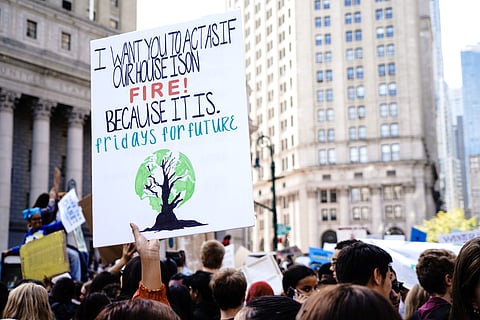Citizen Engagement Initiatives
Citizen engagement initiatives are becoming increasingly popular as a way to influence public policy decisions. This includes anything from grassroots campaigns, online petitions and voter mobilisation efforts. Such initiatives typically involve citizens who come together to express their views on issues they care about and demand action from decision-makers. Popular citizen engagement initiatives include marches, rallies, protests or demonstrations.
Data-Driven Tactics
Data-driven tactics are also becoming increasingly popular in influencing public policy decisions. This includes collecting, analysing and interpreting data to understand trends or identify areas of improvement that could be addressed through policy changes. Data-driven initiatives may also involve creating models representing citizens' best interests, such as the cost-benefit analysis used to analyse the costs and benefits of different policy options.
Utilising Social Media to Raise Awareness on Issues of Concern
Social media is an incredibly powerful tool for influencing public policy. It allows people to quickly and effectively spread their message, engage with decision-makers and raise awareness on issues of concern.
By utilising social media platforms such as Twitter, Instagram or Facebook, citizens can create content that raises awareness on specific topics and encourages others to join the conversation. Additionally, social media can be used to target decision-makers and put pressure on them to address the issues at hand.
Lobby Groups and Other Advocacy Organizations
In addition to citizens engaging directly with policymakers, a variety of lobby groups and other advocacy organisations can influence public policy.
These organisations typically specialise in a specific area, such as environmental protection or human rights, and work to influence public opinion and politicians on the issue. By connecting with these organisations, citizens can leverage their expertise and amplify their message to reach a wider audience.


